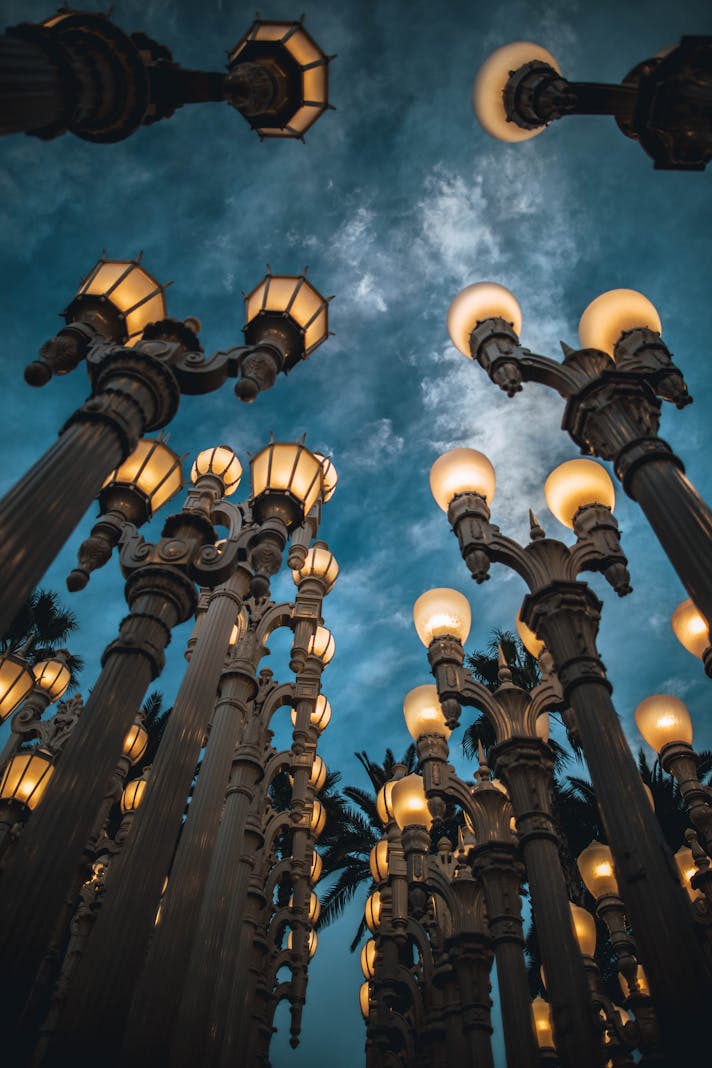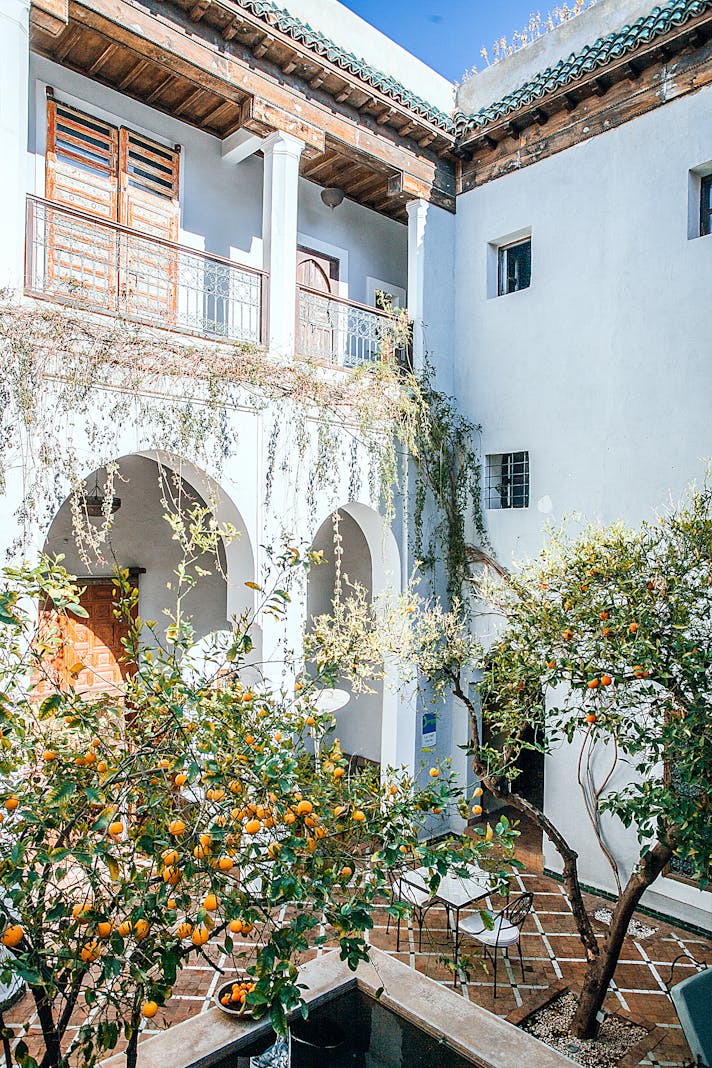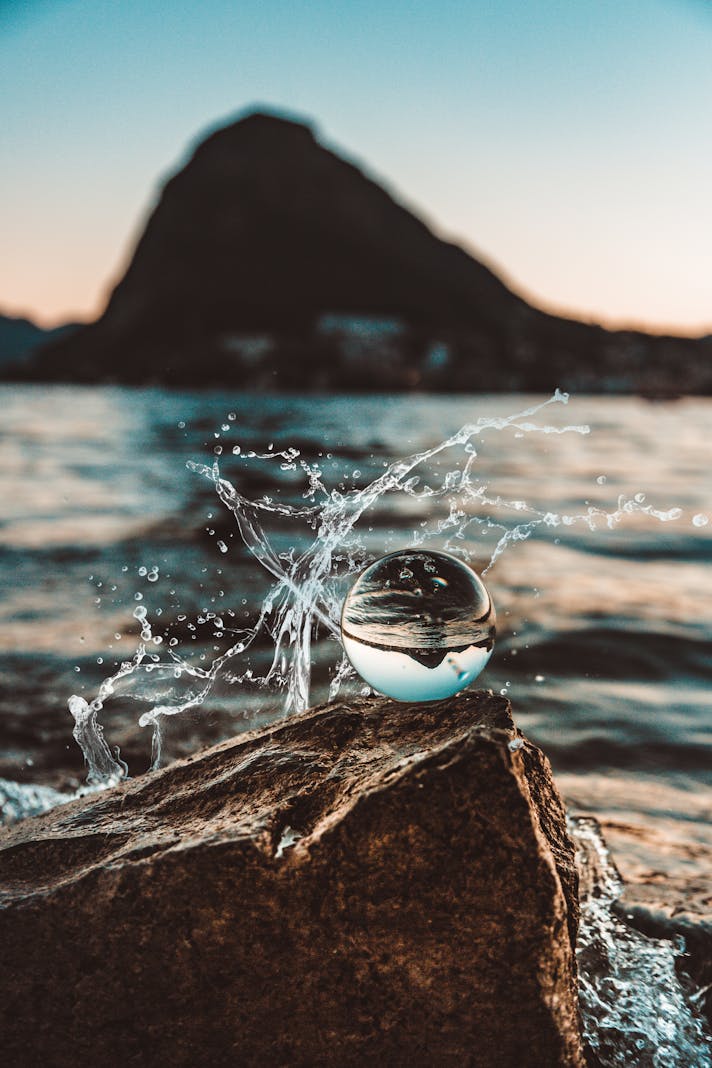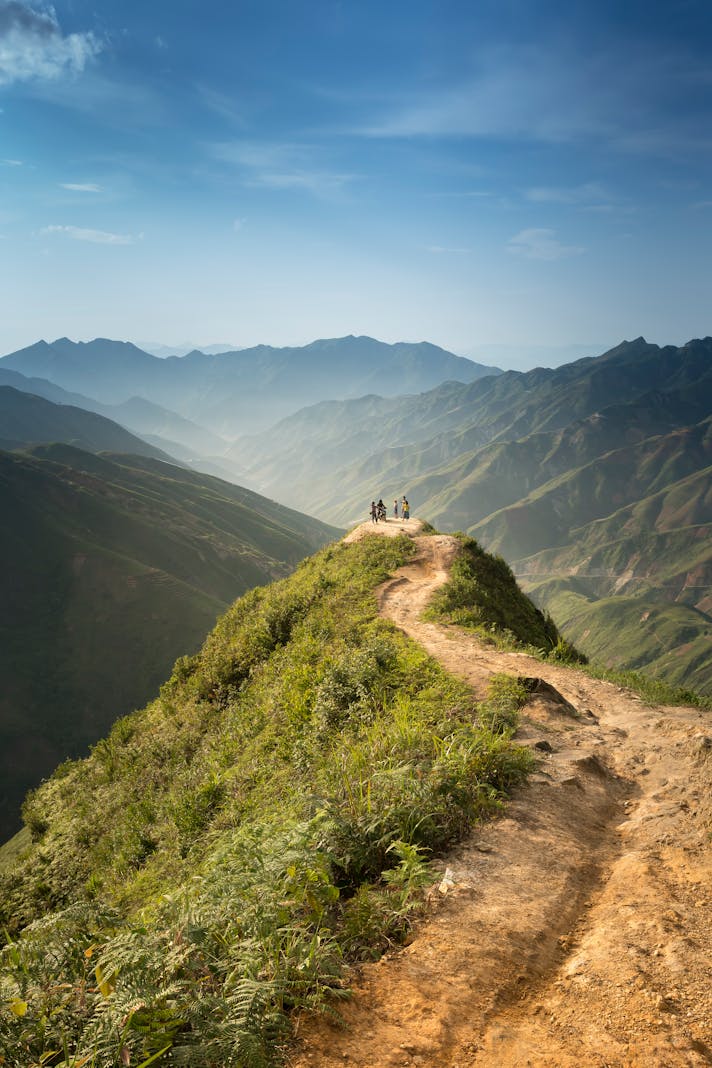Fall Color in California's State Parks

For many non-native Californians, the apparent lack of seasons can be unsettling. Most trees are evergreens, and the state’s hillsides are actually greener in the winter than they are in the arid summer months. It is, however, possible to see fall color in both the northern and southern parts of the state if the traveler is willing to put in the effort to seek it out. If one desires a ‘leaf-peeping’ vacation, a good choice is a visit to one of California’s State Parks.
In Southern California, these are mostly confined to the mountainous areas. Cuyamaca Rancho and Palomar Mountain State Parks are both in San Diego County, at around 5,000 feet in elevation. Mt San Jacinto State Park, in Riverside County, reaches up to 10,000 feet, and boasts four full seasons; Silverwood Lake State Recreation Area, in the San Bernardino Mountains, is close to the Los Angeles metropolitan area. Northern California, with a cooler and rainier overall climate, has many more parks with fall color. Henry M. Coe State Park is close to San Jose, and Annadel State Park is just east of Santa Rosa, an hour from San Francisco. Further afield, one can explore state parks in the north or eastern part of the state, such as Prairie Creek Redwoods State Park in Humboldt County, McArthur-Burney Falls Memorial State Park in Shasta County, or Grover Hot Springs State Park, south of Lake Tahoe.
Perhaps the most dramatic of the state parks, Bodie State Historic Park is one of the most remote. It is located seven miles south of Bridgeport, California, and north of Mono Lake on Highway 395. Once the visitor leaves the main artery, travel continues on a non-maintained road through a narrow pass into the mountains. Reaching Bodie takes time and effort, but the rewards for photographers are rich, as the park is kept in a state of ‘arrested decay’, with abandoned buildings looking much the same as they did one hundred years ago. As Bodie is high up in the mountains, it is particularly dramatic during the autumn months, when the rapidly dropping temperatures often provides stunning leaf color.
What kinds of plants display autumn color? Trees include Black Oaks in Southern California, which turn a golden yellow, and a heady mix of many different trees as one travels farther north. Color can also be found in various shrubs and smaller plants, such as the bracken fern, which shows off autumn gold against evergreens. Poison Oak is another plant that provides color, as its ‘leaves of three’ turn bright red at the end of the summer.
California is an arid state, and many state parks have instituted restrictions on campfires. If they are allowed, it is important to buy firewood at the state park itself rather than bringing it from home; this keeps habitats free from pests that can quickly infest a new site. Always remember to practice fire safety, particularly in drought years.
Autumn is often a hot, dry season in the California lowlands. A vacation to the mountains or to the northern reaches of the state can be a lovely way to escape the heat – and visiting the State Parks is always a good idea. Enjoy!
In Southern California, these are mostly confined to the mountainous areas. Cuyamaca Rancho and Palomar Mountain State Parks are both in San Diego County, at around 5,000 feet in elevation. Mt San Jacinto State Park, in Riverside County, reaches up to 10,000 feet, and boasts four full seasons; Silverwood Lake State Recreation Area, in the San Bernardino Mountains, is close to the Los Angeles metropolitan area. Northern California, with a cooler and rainier overall climate, has many more parks with fall color. Henry M. Coe State Park is close to San Jose, and Annadel State Park is just east of Santa Rosa, an hour from San Francisco. Further afield, one can explore state parks in the north or eastern part of the state, such as Prairie Creek Redwoods State Park in Humboldt County, McArthur-Burney Falls Memorial State Park in Shasta County, or Grover Hot Springs State Park, south of Lake Tahoe.
Perhaps the most dramatic of the state parks, Bodie State Historic Park is one of the most remote. It is located seven miles south of Bridgeport, California, and north of Mono Lake on Highway 395. Once the visitor leaves the main artery, travel continues on a non-maintained road through a narrow pass into the mountains. Reaching Bodie takes time and effort, but the rewards for photographers are rich, as the park is kept in a state of ‘arrested decay’, with abandoned buildings looking much the same as they did one hundred years ago. As Bodie is high up in the mountains, it is particularly dramatic during the autumn months, when the rapidly dropping temperatures often provides stunning leaf color.
What kinds of plants display autumn color? Trees include Black Oaks in Southern California, which turn a golden yellow, and a heady mix of many different trees as one travels farther north. Color can also be found in various shrubs and smaller plants, such as the bracken fern, which shows off autumn gold against evergreens. Poison Oak is another plant that provides color, as its ‘leaves of three’ turn bright red at the end of the summer.
California is an arid state, and many state parks have instituted restrictions on campfires. If they are allowed, it is important to buy firewood at the state park itself rather than bringing it from home; this keeps habitats free from pests that can quickly infest a new site. Always remember to practice fire safety, particularly in drought years.
Autumn is often a hot, dry season in the California lowlands. A vacation to the mountains or to the northern reaches of the state can be a lovely way to escape the heat – and visiting the State Parks is always a good idea. Enjoy!

Related Articles
Editor's Picks Articles
Top Ten Articles
Previous Features
Site Map
Content copyright © 2023 by Korie Beth Brown, Ph.D. . All rights reserved.
This content was written by Korie Beth Brown, Ph.D. . If you wish to use this content in any manner, you need written permission. Contact Korie Beth Brown, Ph.D. for details.







